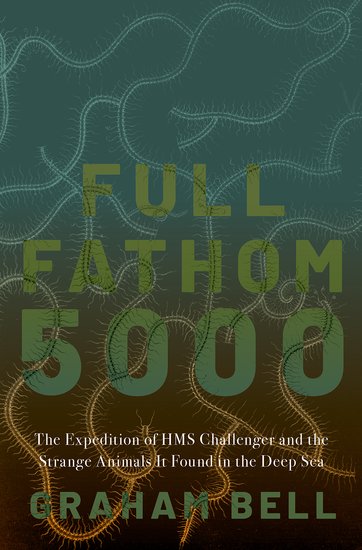Graham Bell
Oxford University Press
2022
ISBN: 9780197541579
Reviewed by Richard Jones
Perhaps this title is a slightly remote subject for the entomologist, but being the book review editor must have some perks, so I read it anyway. The only insects encountered on the ship’s three-year mission were the sea skaters, Halobates — indeed these are the only insects known to inhabit the open oceans of the world. I recently came across Francis Buchanon White’s 1883 monograph on the species encountered during the Challenger voyage, in the RES library. It is inscribed on the paper wrappers to the society with the kind regards of the author, and follows the standard inscrutable erudite descriptive style of the day — a useful and important reference book, but not really very readable.
Bell’s book, however, is eminently readable, from start to finish, and cleverly mixes the scientific detail of the discoveries with personal anecdotes from the ship’s log and crew journals, and puts them into the historical perspective of what was (still is) a formative period of international exploration, empire, and scientific advancement.
Despite what members of this society might like to think about insect diversity, most types of animal on Earth actually live in the sea. We still know very little about the vast majority of them, and when some of them were first hauled up from the abyssal depths by a dredge trailed down on thousands of metres of rope (up to the full 5000 fathoms of), almost every new creature was a revelation that meant rewriting textbooks and reconsidering how they all fitted together into the grand scheme of things.
My knowledge of marine biology was sketchy at best when I started reading this book. To be honest, it’s still pretty sketchy, but I now have a much better understanding of why this voyage made national news headlines for three years, why the officers and scientists were feted by royalty, and why the hardships of working long boring shifts in arduous conditions meant that so many of the working crew (60 out of 243) deserted ship at the many exploratory or restocking landfalls across the world. It’s best read in the comfort of your own home.
Incidentally, Stuart Reynolds has written a fabulous piece on insects (or the general lack thereof) in the sea in Antenna 47(1) pp. 7–15.


